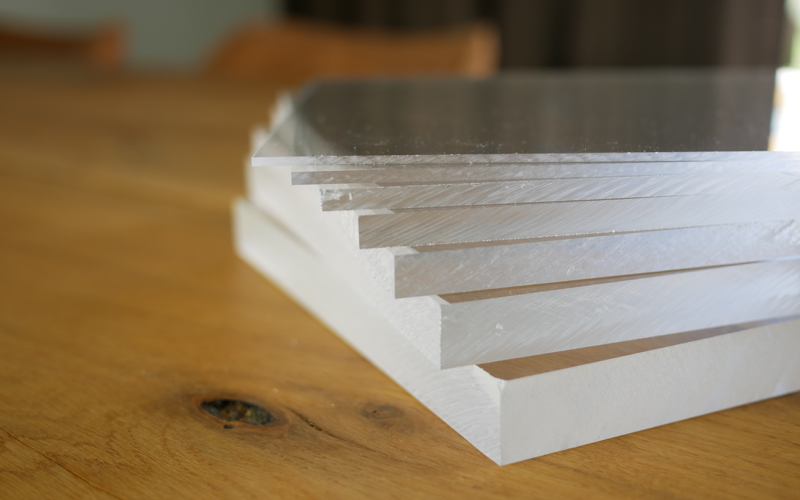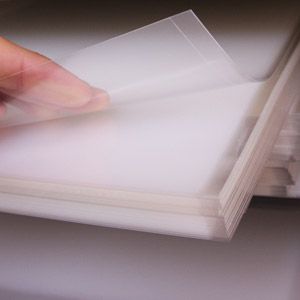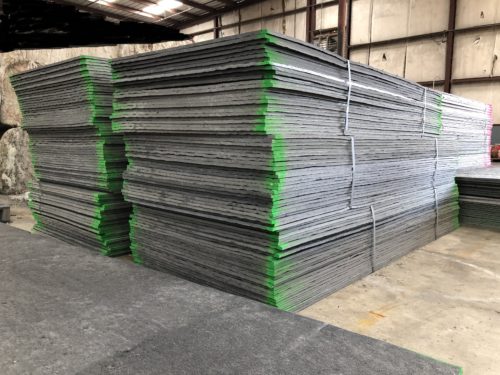Acrylic sheet is subject to greater dimensional change due to thermal expansion and contraction than other materials with which it is used in construction.
Acrylic sheet vs plywood strength.
Load capacities in table a are based on normal duration of load for untreated panels under dry conditions.
Allowances must be made for these changes in the construction and fabrication of products.
After the reaction has completed and the acrylic has cured the glass is separated from the acrylic and the acrylic sheet is inspected.
Examples include protective spectator.
A 12 by 36 inch piece of 1 4 inch plywood will only support about 5 lbs.
It has superior weathering properties compared to many other transparent plastics.
Plywood has been a go to material because it generally works and the price is right.
Acrylic sheet is easy to fabricate bonds well with adhesives and solvents and is easy to thermoform.
In high impact environments like construction projects this sheeting is proven to last longer in comparison to traditional glass.
For example the expansion joints in cement sidewalks and on steel bridges.
Osb was introduced in the 1970s and steadily gained market share from plywood surpassing plywood in production in 2000.
The acrylic is continuously extruded to create sheets of acrylic.
Today osb has 70 75 market share and plywood has about 25 share.
Acrylic sheet exhibits glass like qualities clarity brilliance and transparency but at half the weight and many times the impact resistance of glass.
Pros and cons advantages of plywood.
Design strength and stiffness.
As osb is cheaper than plywood and has the strength and durability of plywood it is becoming more widely used than plywood.
The cell cast process on the other hand involves pouring unreacted acrylic between two panes of glass creating a cell.
There are always comparisons of plywood to particle.
Because these values are plywood specific the appropriate panel grade and construction adjustment factors c g have already been applied.
This sheeting is both ten times stronger than regular glass and half the weight.
3m reinforced polyurethane foam comes in 4x8 ft sheets.
Designers must be careful to avoid making the c g adjustments again.




























